It’s been a busy few months for the ASUS team, launching several laptops across various industries, from the office to the on-the-go. With a strong lineup focused on bringing next-generation solutions to your fingertips, ASUS pushes the boundaries of what its hardware and software can achieve. With the ASUS Zenbook S 14 (UX5406SA), the laptop fits all this into a compact form factor, delivering extreme portability.
I’ve been fortunate to have a few hands-on experiences with some new devices, including the ProArt 16, Zenbook S 16, Vivobook S 15, the ProArt PZ 13 (review to come), and the Zenbook S 14. What’s excellent is that each of these laptops offers a wide range of unique features and attributes to stand apart. And this is what we get to explore again on the Zenbook S 14, exploring its capabilities and standout features.
ASUS Zenbook S 14 Laptop Build and Design
One of the critical features of the ASUS Zenbook S 14 is its portability. It feels like a complete package with a super compact and lightweight design. The Zenbook S 16 was already a feat in engineering, dropping the overall weight to an impressive 1.5 kg on a 16” frame—the S 14 shaves off even more with an overall weight of just 1.2 kg.
The distribution of this weight is across a frame measuring 310.3×214.7×11.9mm. So, not only is it lightweight, it’s also diminutive. After two weeks with the S 14 as my daily driver, switching back to my 2.5KG laptop felt like an extra payload dragging around in my bag.
This season, the device features the same Ceraluminum material as many other newly-released laptops. This time, it came in the Zumaia Gray colourway, which looked just as beautiful as the Scandinavian White. The matte finish looks premium, carrying a US MIL-STD 810H military-grade build for that robust guarantee.
Despite its small frame, it’s not lacking in its IO ports. It includes a USB 3.2 Type-A, two Thunderbolt 4 Type-C ports, a full HDMI 2.1 port, and a 3.5mm audio jack to round things off. This mix was appreciated on my end, not needing to use the Type-C converter module for the HDMI and Type-A devices.
The look and feel of the Zenbook S 14 are impressive, like an ultra-premium device with a solid build and offering a decent number of ports for a small-framed laptop. It’s super easy to carry around, even if you’re not one to carry a laptop bag around.
Screen and Display
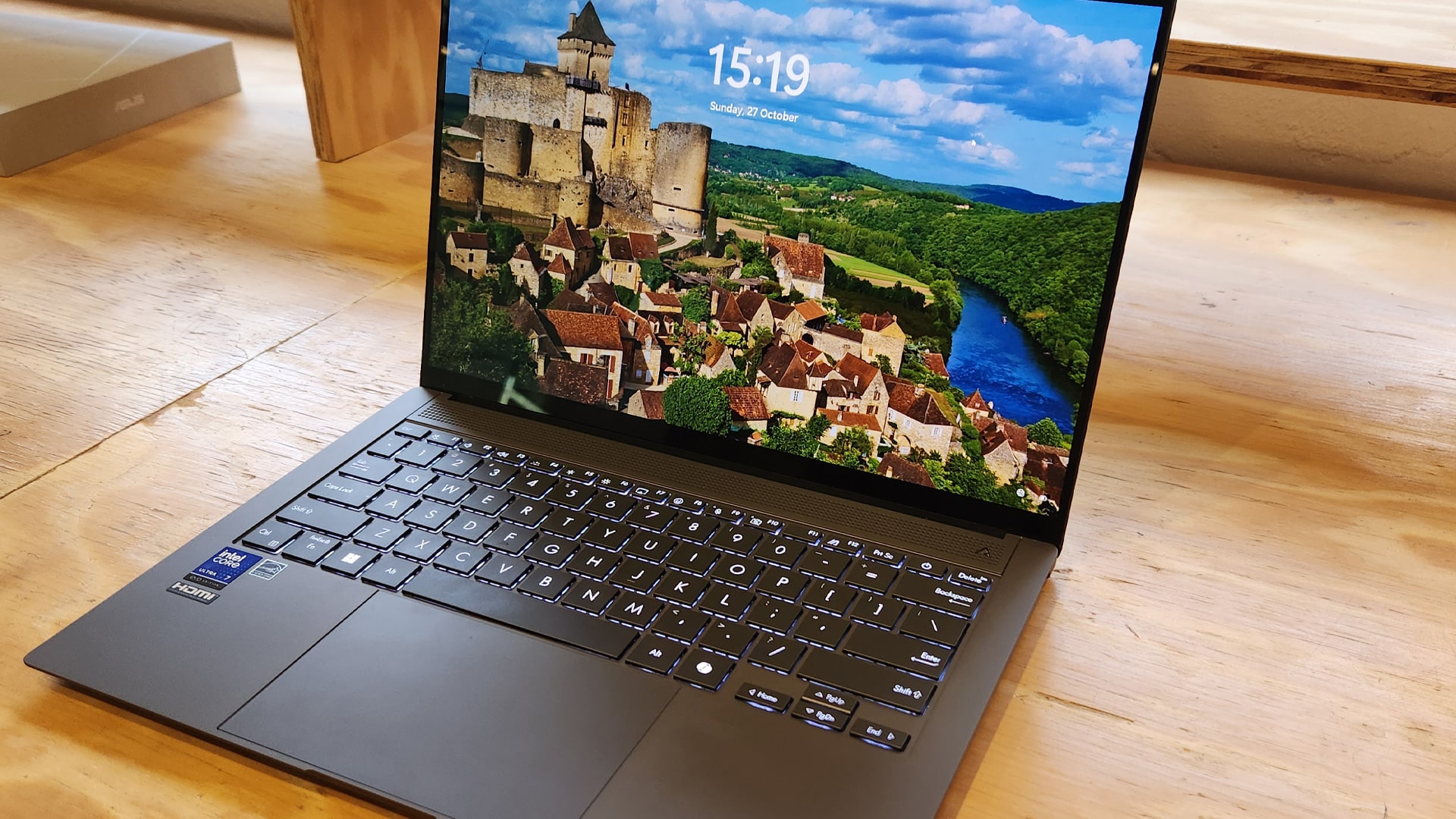
As mentioned, the device has a 14” screen with an OLED panel and 120Hz and HDR support. It has a 3K resolution at 2,880×1,800px, 500nits peak brightness. It also carries all the certifications as modern standards for content creators. This includes VESA certification, PANTONE validation and 100% DCI-P3 colour gamut.
The screen also has a 90% screen-to-body ratio, ultra-thin bezels, and maximum real estate. However, it doesn’t have to carry the touch-enabled capabilities as some of the other laptops.
It delivers beautiful clarity and bold colours to make visuals quite appealing. This makes it ideal for content creators looking for precision in colours and the like when working on those images and videos.
ASUS Zenbook S 14 Specifications
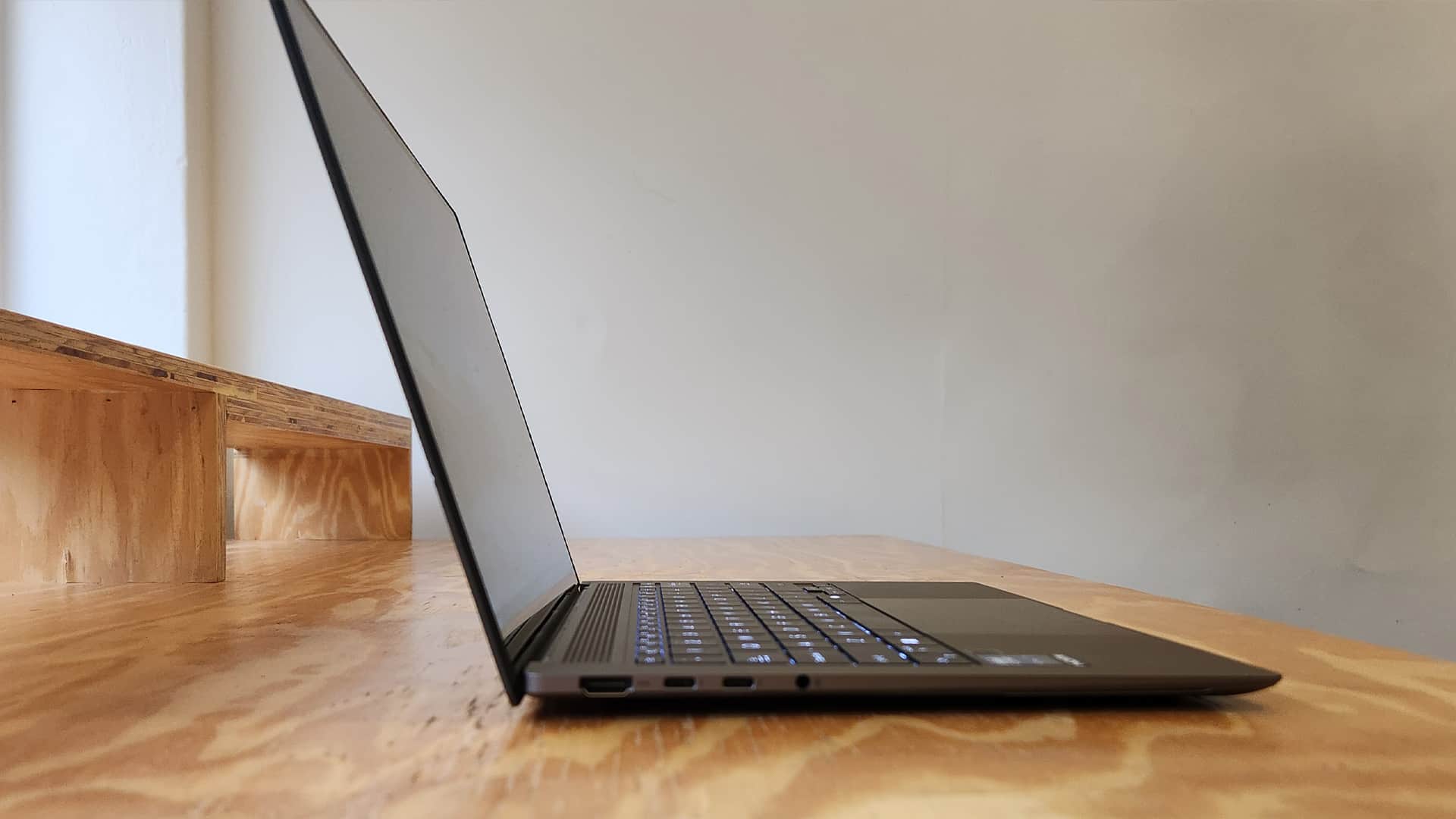
Regarding its hardware prowess, the ASUS Zenbook S 14 packs quite the punch. Starting with its processor, it features an Intel Core Ultra 7 2.2Ghz CPU. This chipset also includes integrated Intel Arc Graphics GPU and Intel AI Boost NPU, which clocks in at up to 47 TOPS.
Additionally, the laptop comes standard with 16GB LPDDR5X RAM and 1TB M.2 NVMe PCIe 4.0 SSD. For connectivity, it includes WiFi 7(802.11be) (Triple band) 2*2 and Bluetooth 5.4 Wireless Card. It also features a 72WHrs, 2S2P, 4-cell Li-ion battery to power the device.
Performance and Battery
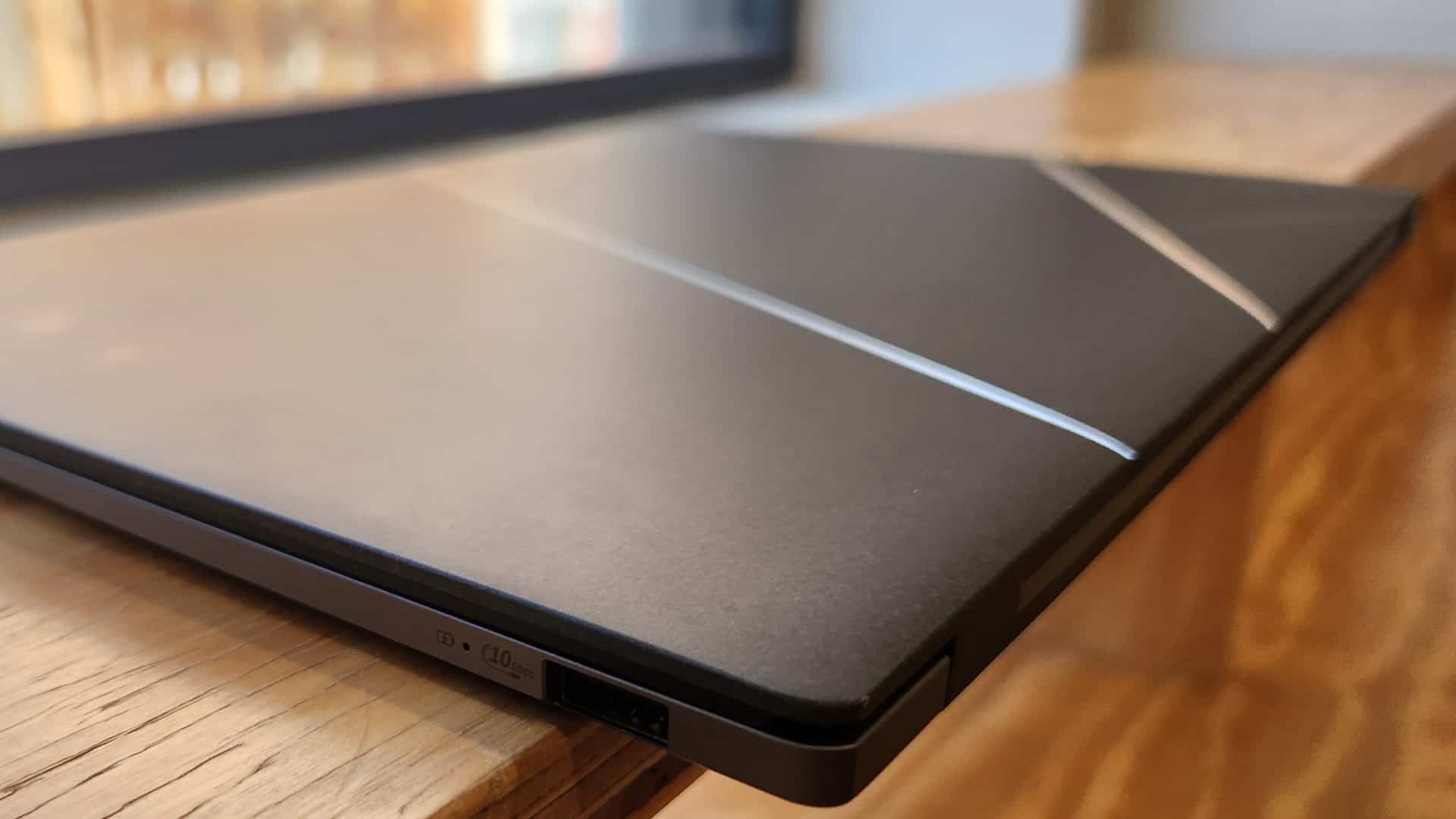
Regarding the overall performance, the Zenbook S 14 isn’t lacking. It performs any of the tasks thrown at it while also delivering impressive benchmark scores. With the hardware specifications mentioned above, it isn’t all that surprising.
Whether you’re multitasking, opening 100s of tabs, working on numerous spreadsheets, or watching an HD video, the unit can handle the power requirements, even when doing all of these in tandem. It’s a very fluid user experience with no lag in sight.
Given the laptop’s NPU support, a few Windows features can utilise the processor for a more optimised performance. Most of this works in power delivery when required and powers down slightly when not needed. This is similar to how CPUs have been tasking their procedures for some years but with more efficiency built in. The other software capabilities aren’t as tangible at this early stage, but they have become increasingly valuable with the AI creator mode in apps like Paint being phased in. I imagine that these will become prominent, must-have features for every laptop in the next year or two, whether or not you intend to “create” any artificial images.
While it may have a smaller battery capacity than the larger 78WHr on the S 16 unit, the smaller screen does mean that it doesn’t draw as much power.
During the standard rundown testing, I got through 10-12 hours of 1080p video playback on WiFi, which was quite reasonable. Interestingly, I achieved similar continuous usage results when using the laptop for more work-related functionality. At the office, taking calls and working on spreadsheets and content, I could easily breeze through the typical 8-hour shift without fuss, with a bit remaining when I get home to continue any work or browsing.
It’s a nifty little battery that keeps you powered throughout the day, even with its smaller capacity in favour of portability. But ultimately, it delivers a tremendous all-round performance that won’t leave you wanting.
Is the ASUS Zenbook S 14 Worth Buying?
I never paid much attention to the smaller form-factor laptops, mainly as a necessity for development, content creation and gaming. However, having spent some time with the ASUS Zenbook S 14, it grew on me, opening up the possibility of making the switch in the coming years. With more focus on my laptop being used for content creation and travelling between shoots and events being more frequent, it adds a lot more value to having an ultra-portable laptop in your backpack.
The device carries a retail price of R35,999, which is a bit of a premium, but with all the future-proofing you may need for the foreseeable future, you won’t need a replacement for a few years.
The Review
ASUS Zenbook S 14
The ASUS Zenbook S 14 is a premium-looking, next-generation laptop designed for those always on the go. With its compact frame and lightweight chassis, it’s incredibly portable, while its hardware still packs a punch.
PROS
- Premium look and sturdy build quality
- 14” OLED display with 120Hz refresh rate
- All-day battery life
- AI-ready for future use
- Ultra lightweight and portable
CONS
- Not a lot of native AI is available as yet

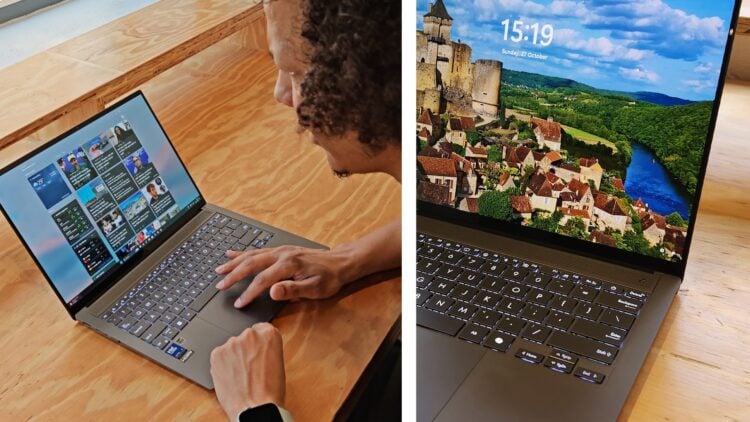
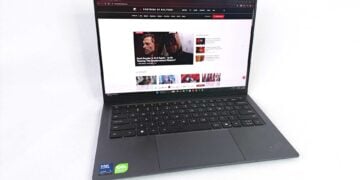

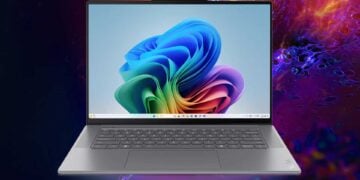




Discussion about this post